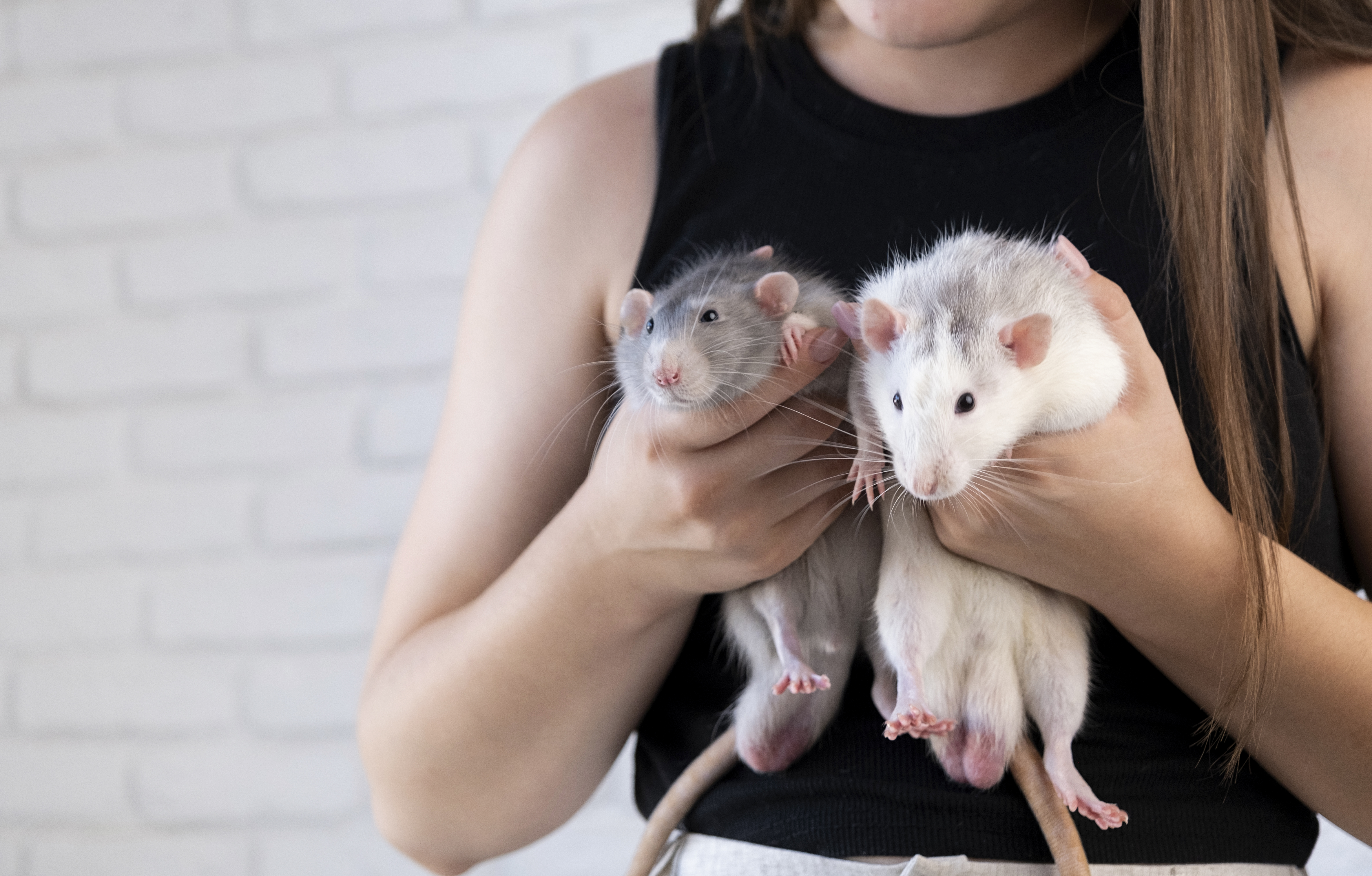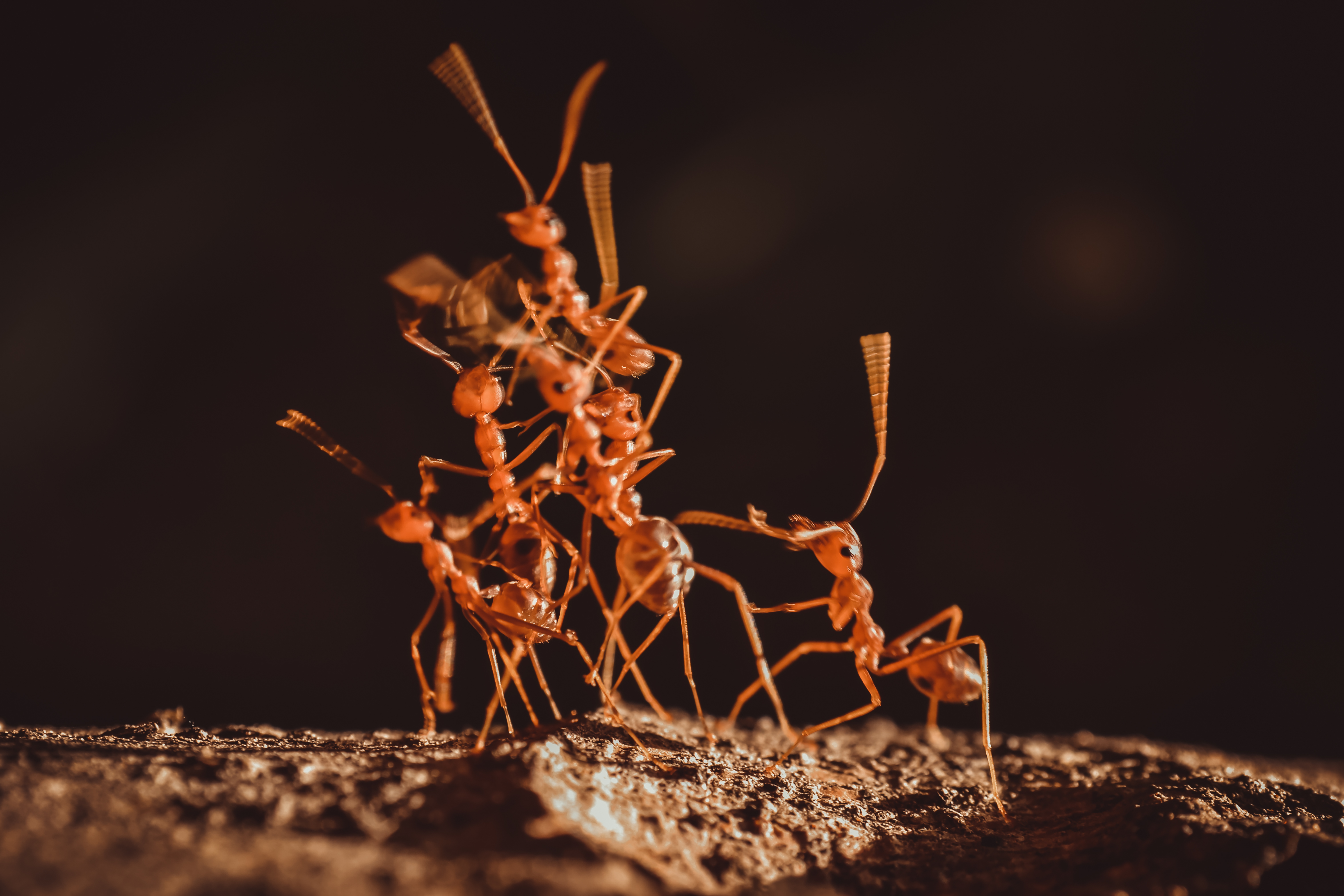10 Critters That Can Regrow Body Parts (and How They Do It)
In the grand tapestry of life, few phenomena captivate the imagination as profoundly as the ability of certain creatures to regenerate lost body parts. This remarkable capability, akin to nature's own brand of magic, showcases the resilience and adaptability of life on Earth. From the smallest invertebrates to more complex vertebrates, the regeneration process offers a glimpse into the evolutionary ingenuity that has allowed these creatures to thrive in diverse environments. This article embarks on a journey to explore the fascinating world of tenacious critters, each demonstrating the marvel of regeneration. Through the lens of science and wonder, we unravel the mysteries behind these biological miracles, examining how these creatures transform lost body parts into brand-new wonders. Regeneration is not merely a spectacle of nature but a testament to the intricate biological mechanisms that drive life. It challenges our understanding of growth, healing, and survival, pushing the boundaries of what we consider possible.
1. Planarian Flatworms: Masters of Cellular Reprogramming
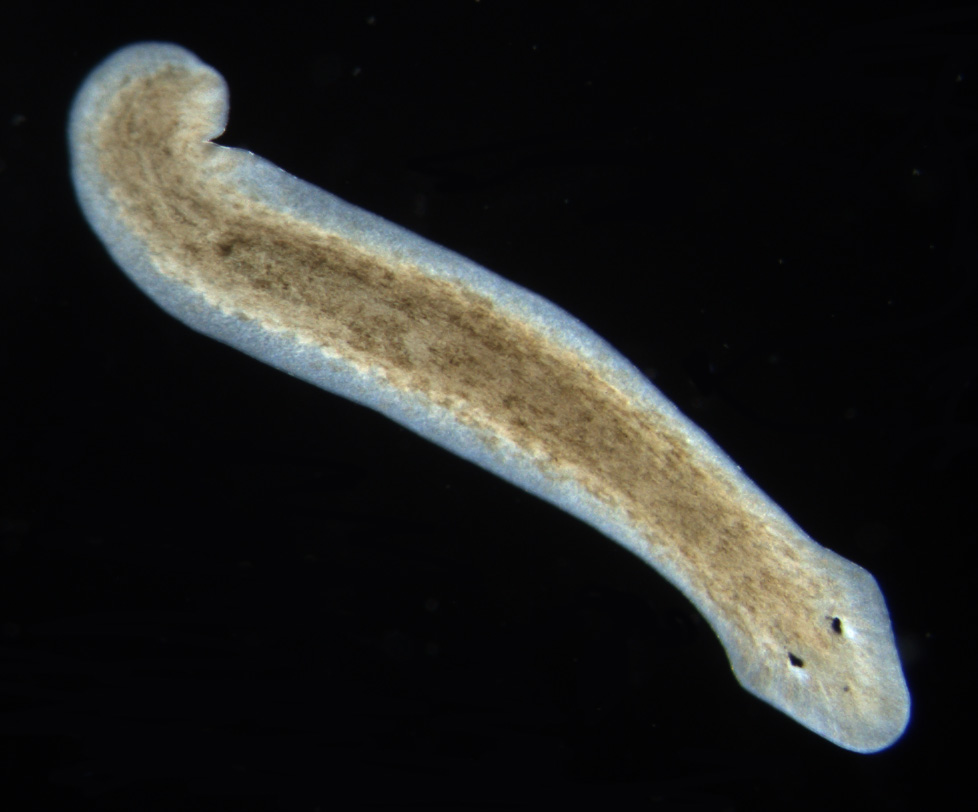
Planarian flatworms are often hailed as the quintessential models for studying regeneration. These small, seemingly unassuming creatures possess an extraordinary ability to regenerate any part of their bodies, including their heads and brains. This feat is made possible by their rich reservoir of pluripotent stem cells, known as neoblasts, which can differentiate into any cell type required for regeneration. When a planarian is cut into pieces, each fragment can develop into a complete organism, a process guided by a complex interplay of genetic and molecular signals. The regenerative prowess of planarians has fascinated scientists for centuries, serving as a window into the possibilities of cellular reprogramming. Research has revealed that the Wnt signaling pathway plays a crucial role in determining the polarity and identity of the regenerating tissues. This pathway, conserved across many species, highlights the evolutionary significance of regeneration as a survival strategy. By studying planarians, scientists hope to unlock the secrets of stem cell biology and tissue regeneration, with potential implications for regenerative medicine and human healing.
2. Axolotls: The Salamanders with Superpowers
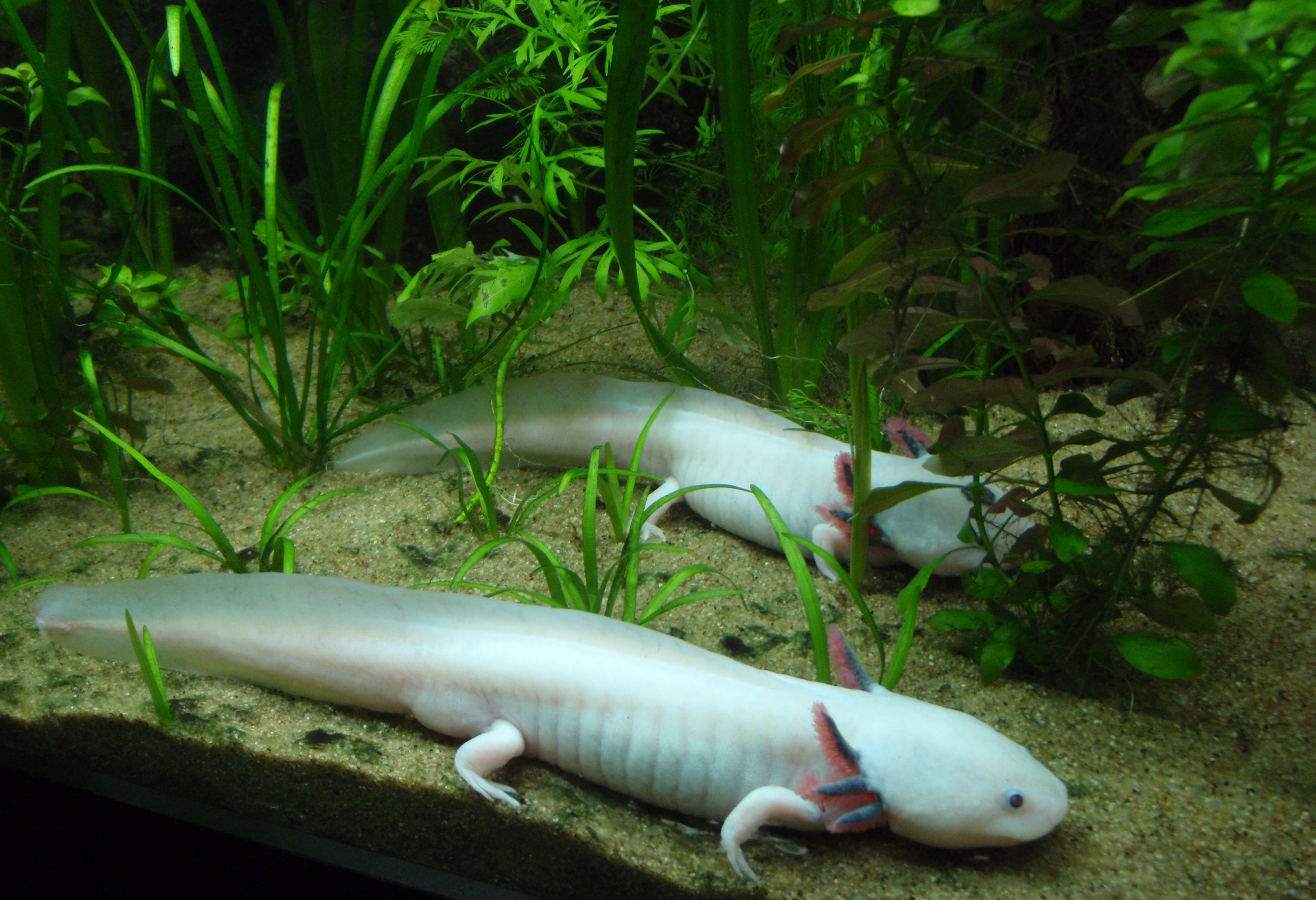
Axolotls, or Mexican walking fish, are unique amphibians renowned for their remarkable regenerative abilities. Unlike most vertebrates, axolotls can regenerate entire limbs, spinal cords, heart tissue, and even parts of their brains. This regenerative capacity is attributed to the presence of a specialized type of cell called the blastema, which forms at the site of injury and acts as a source of new cells for tissue reconstruction. The axolotl's ability to regenerate without scarring is a subject of intense scientific interest, offering insights into scarless wound healing. The genetic and molecular mechanisms underlying axolotl regeneration are complex and involve a delicate balance of signaling pathways, including the fibroblast growth factor (FGF) and transforming growth factor-beta (TGF-β) pathways. These pathways regulate the proliferation and differentiation of cells within the blastema, orchestrating the precise rebuilding of tissues. The axolotl's regenerative abilities have inspired researchers to explore the potential for inducing similar regenerative responses in mammals, paving the way for advancements in regenerative therapies and tissue engineering.
3. Starfish: The Stellar Regenerators of the Sea
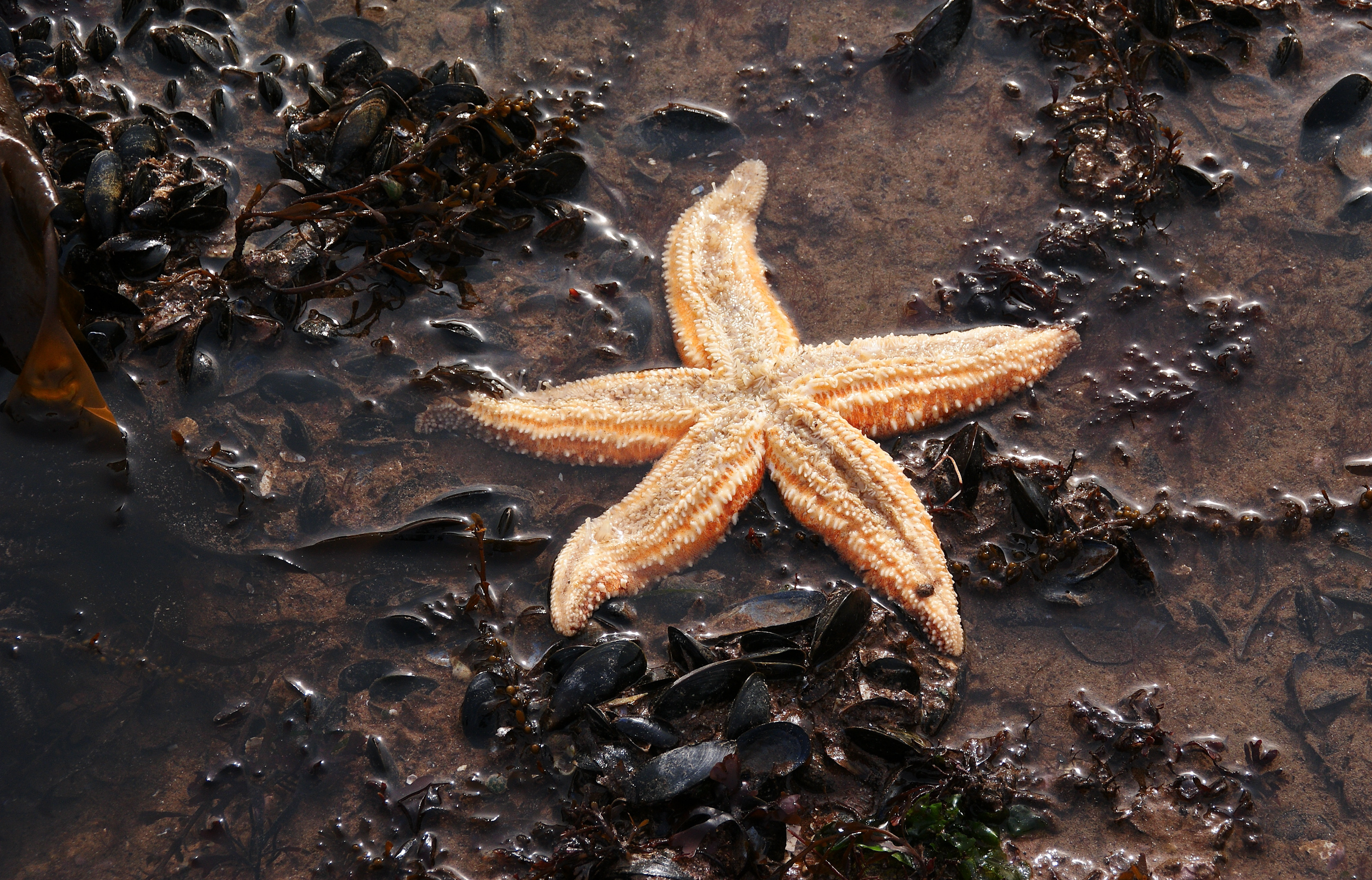
Starfish, or sea stars, are iconic marine creatures known for their ability to regenerate lost arms and, in some cases, entire bodies from a single arm. This remarkable capability is facilitated by their decentralized nervous system and the presence of regenerative cells throughout their bodies. When a starfish loses an arm, cellular dedifferentiation occurs, where mature cells revert to a more primitive state, allowing them to proliferate and form new tissues. The regeneration of starfish is a slow but meticulous process, involving the formation of a blastema at the site of injury. This blastema is a hub for cellular proliferation and differentiation, guided by a network of signaling molecules and growth factors. The study of starfish regeneration has provided valuable insights into the mechanisms of tissue patterning and growth, shedding light on the evolutionary adaptations that have enabled these creatures to thrive in diverse oceanic environments. As we continue to explore the regenerative capabilities of starfish, we gain a deeper understanding of the fundamental principles that govern regeneration across the animal kingdom.
4. Zebrafish: The Aquatic Healers
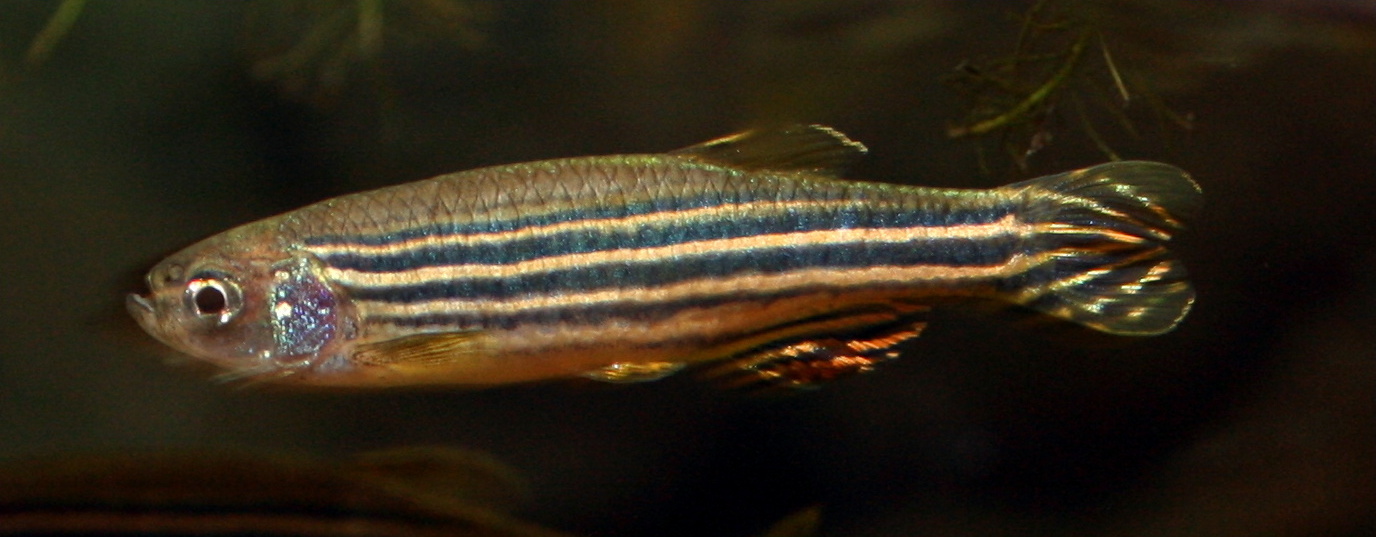
Zebrafish, small freshwater fish native to South Asia, have emerged as powerful models for studying regeneration due to their remarkable ability to regenerate complex structures such as fins, heart tissue, and even parts of their brains. The regenerative capacity of zebrafish is driven by a combination of cellular and molecular processes that coordinate the repair and replacement of damaged tissues. One of the key features of zebrafish regeneration is the formation of a regenerative blastema, similar to that observed in axolotls and starfish. Research on zebrafish has revealed that the regeneration process involves the activation of specific genetic pathways, including the sonic hedgehog (Shh) and Wnt signaling pathways. These pathways play crucial roles in regulating cell proliferation, differentiation, and patterning during regeneration. The ability of zebrafish to regenerate heart tissue without scarring has garnered significant attention, offering potential insights into cardiac repair and regeneration in humans. By unraveling the molecular mechanisms underlying zebrafish regeneration, scientists hope to develop novel strategies for promoting tissue regeneration and healing in regenerative medicine.
5. Spiny Mice: The Mammalian Miracles
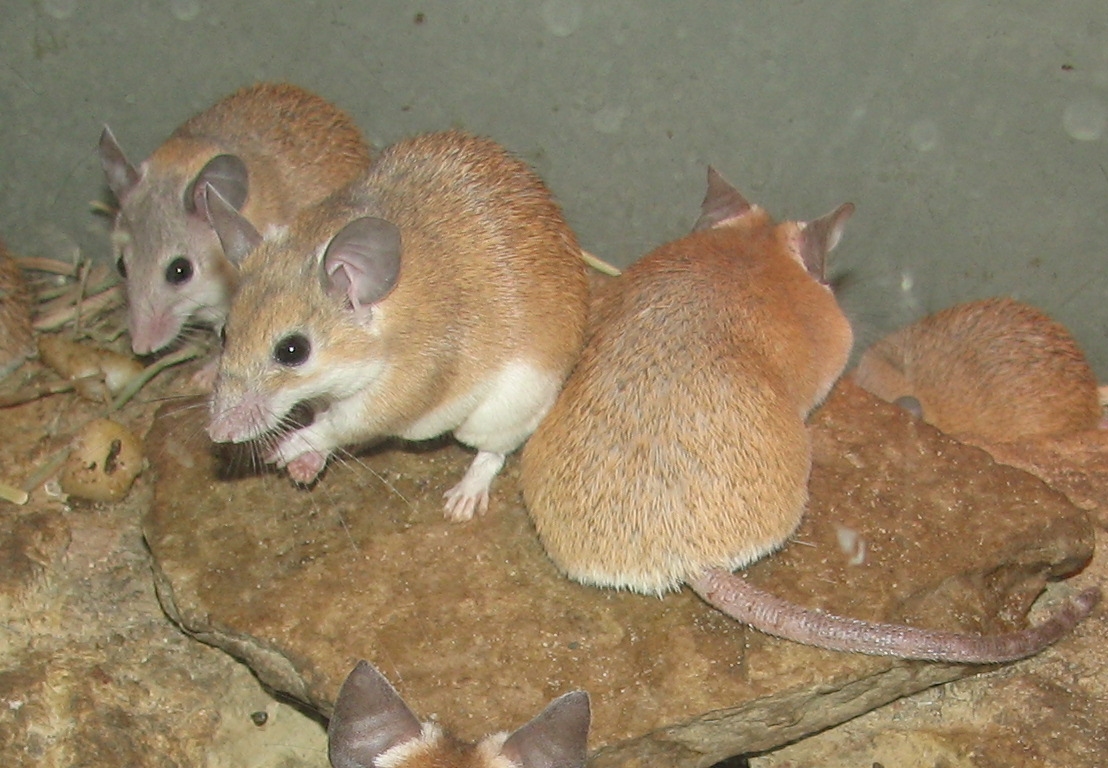
Spiny mice, native to Africa, are unique among mammals for their exceptional regenerative abilities. Unlike most mammals, which heal wounds with scarring, spiny mice can regenerate skin, hair follicles, and even cartilage without forming scars. This regenerative capacity is attributed to the presence of specialized stem cells and a unique wound-healing response that promotes tissue regeneration rather than fibrosis. The study of spiny mice has provided valuable insights into the mechanisms of scarless healing and tissue regeneration in mammals. Research has shown that spiny mice possess a distinct immune response that facilitates regeneration, characterized by a reduced inflammatory response and enhanced tissue remodeling. The presence of specific growth factors and signaling molecules, such as the epidermal growth factor (EGF) and vascular endothelial growth factor (VEGF), plays a crucial role in promoting cell proliferation and tissue regeneration. By understanding the unique regenerative capabilities of spiny mice, scientists hope to develop therapeutic approaches for enhancing tissue regeneration and reducing scarring in humans.
6. Sea Cucumbers: The Ocean's Recyclers
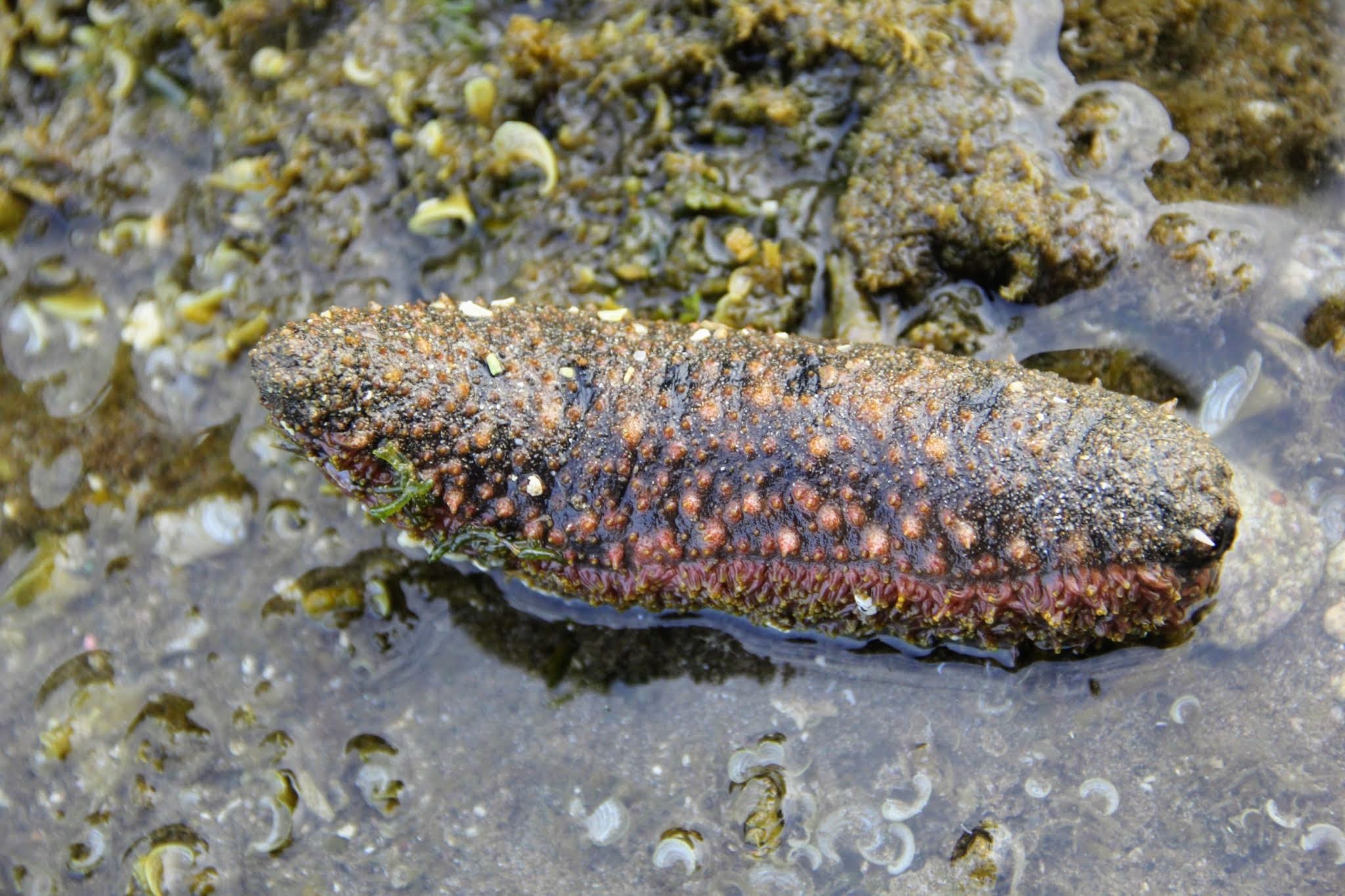
Sea cucumbers, echinoderms related to starfish and sea urchins, are remarkable for regenerating internal organs, including their intestines, respiratory trees, and even parts of their muscular system. This regenerative capability is a survival strategy that allows sea cucumbers to escape predators by expelling their internal organs, which are later regenerated. The regeneration process in sea cucumbers involves a combination of cellular dedifferentiation, proliferation, and differentiation, guided by a complex network of signaling pathways. The regenerative abilities of sea cucumbers have been linked to the presence of specialized cells called coelomocytes, which play a crucial role in immune response and tissue regeneration. These cells, along with various growth factors and signaling molecules, facilitate the repair and regeneration of damaged tissues. The study of sea cucumber regeneration has provided valuable insights into the mechanisms of organ regeneration and tissue remodeling, offering potential applications in regenerative medicine and tissue engineering.
7. Anoles: The Lizard Tail Regenerators
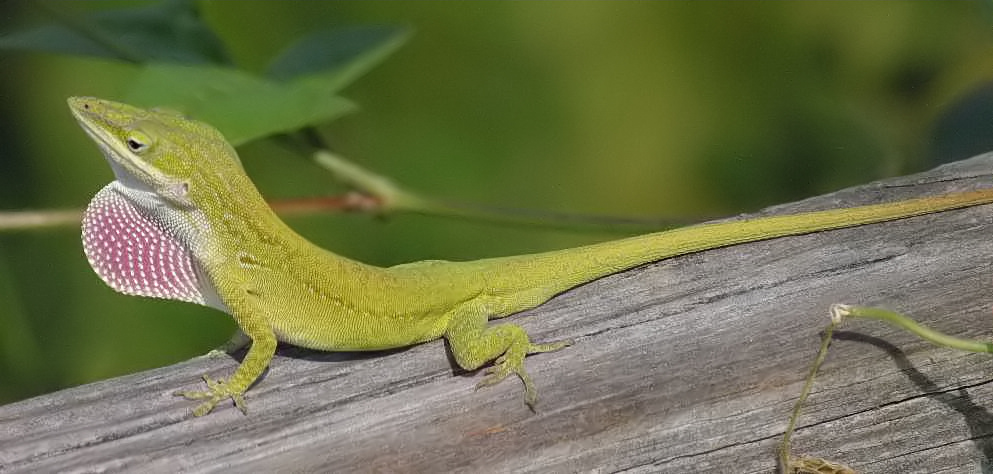
Anoles, a group of lizards found in the Americas, are famous for their ability to regenerate their tails after autotomy. In this process, the tail is voluntarily shed to escape predators. The regeneration of anole tails is a complex process that involves the formation of a blastema, a mass of undifferentiated cells that proliferate and differentiate to form new tissues. The regenerated tail, while not identical to the original, is functional and allows the lizard to continue its activities. Research on anole tail regeneration has revealed that the process is regulated by a combination of genetic and molecular signals, including the activation of the Wnt and FGF signaling pathways. These pathways regulate cell proliferation, differentiation, and tissue patterning during regeneration. The study of anole tail regeneration has provided valuable insights into the mechanisms of tissue regeneration and repair, offering potential applications in regenerative medicine and spinal cord injury repair.
8. Hydra: The Immortal Regenerators
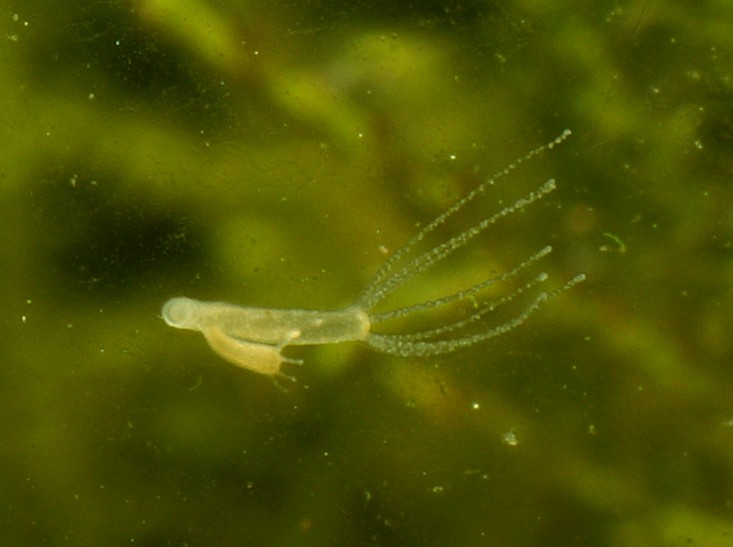
Hydra, a group of small freshwater cnidarians, is renowned for its remarkable regenerative abilities and apparent biological immortality. These simple organisms can regenerate any part of their bodies, including their heads, from small tissue fragments. The regenerative capacity of hydra is attributed to the presence of a population of stem cells that continuously divide and replace aging cells, allowing the organism to maintain its form and function indefinitely. The study of hydra regeneration has provided valuable insights into the mechanisms of cellular differentiation and tissue patterning, revealing the role of key signaling pathways such as the Wnt and Notch pathways. These pathways regulate the proliferation and differentiation of stem cells, orchestrating the precise reconstruction of tissues. The ability of hydra to regenerate and maintain its form without aging has inspired research into the mechanisms of aging and longevity, offering potential insights into the development of anti-aging therapies and regenerative medicine.
9. Flatworms: The Planarian Cousins
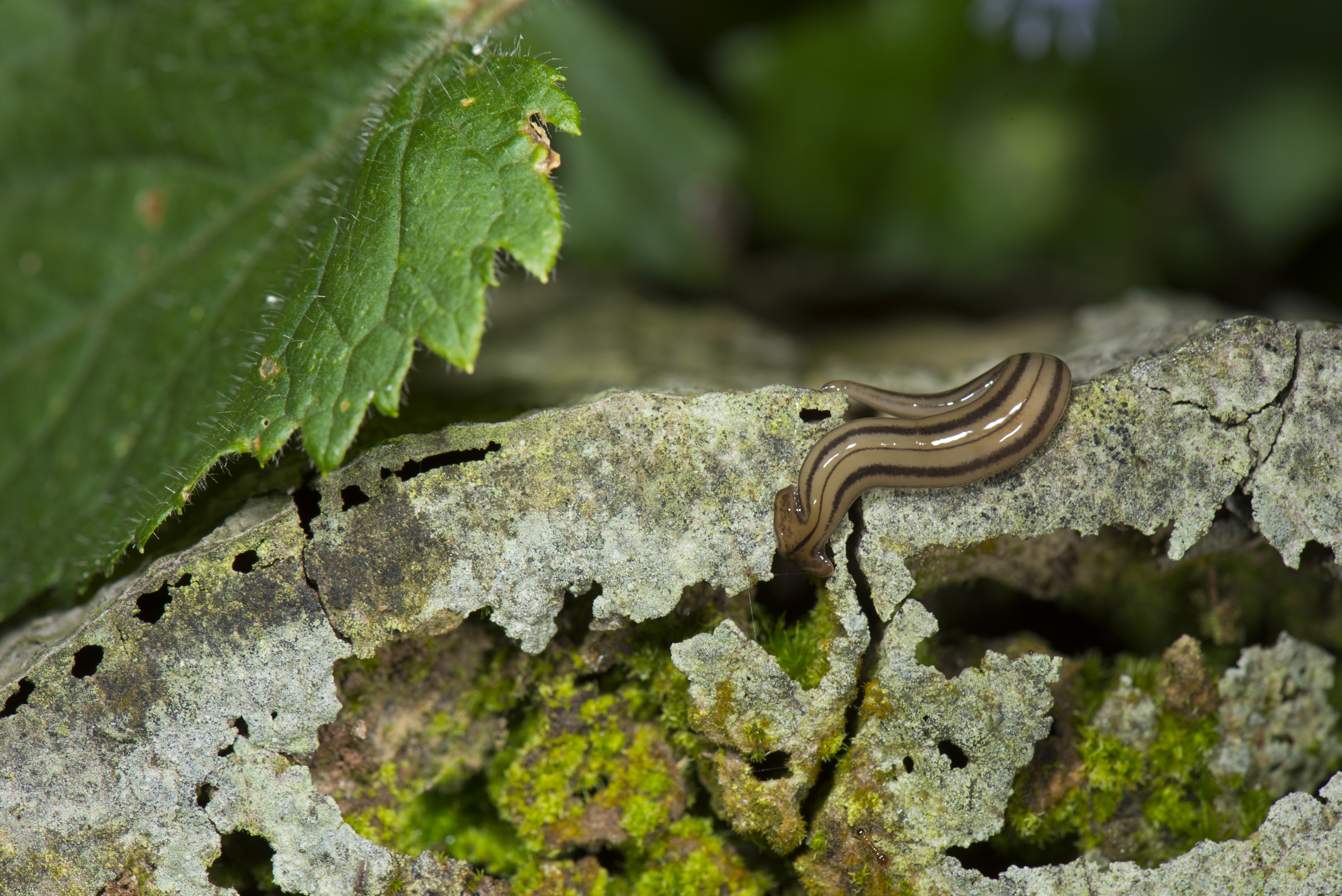
Flatworms, a diverse group of invertebrates, are known for their regenerative abilities, similar to their planarian cousins. These organisms can regenerate entire bodies from small fragments, a process facilitated by their rich reservoir of pluripotent stem cells. The regeneration of flatworms involves a complex interplay of genetic and molecular signals that guide the proliferation and differentiation of cells, allowing the organism to reconstruct its body. Research on flatworm regeneration has revealed the role of key signaling pathways, such as the Wnt and BMP pathways, in regulating tissue patterning and growth. These pathways play crucial roles in determining the polarity and identity of the regenerating tissues, highlighting the evolutionary significance of regeneration as a survival strategy. The study of flatworm regeneration has provided valuable insights into the mechanisms of stem cell biology and tissue regeneration, offering potential applications in regenerative medicine and healing.
10. Newts: The Amphibian Regenerators
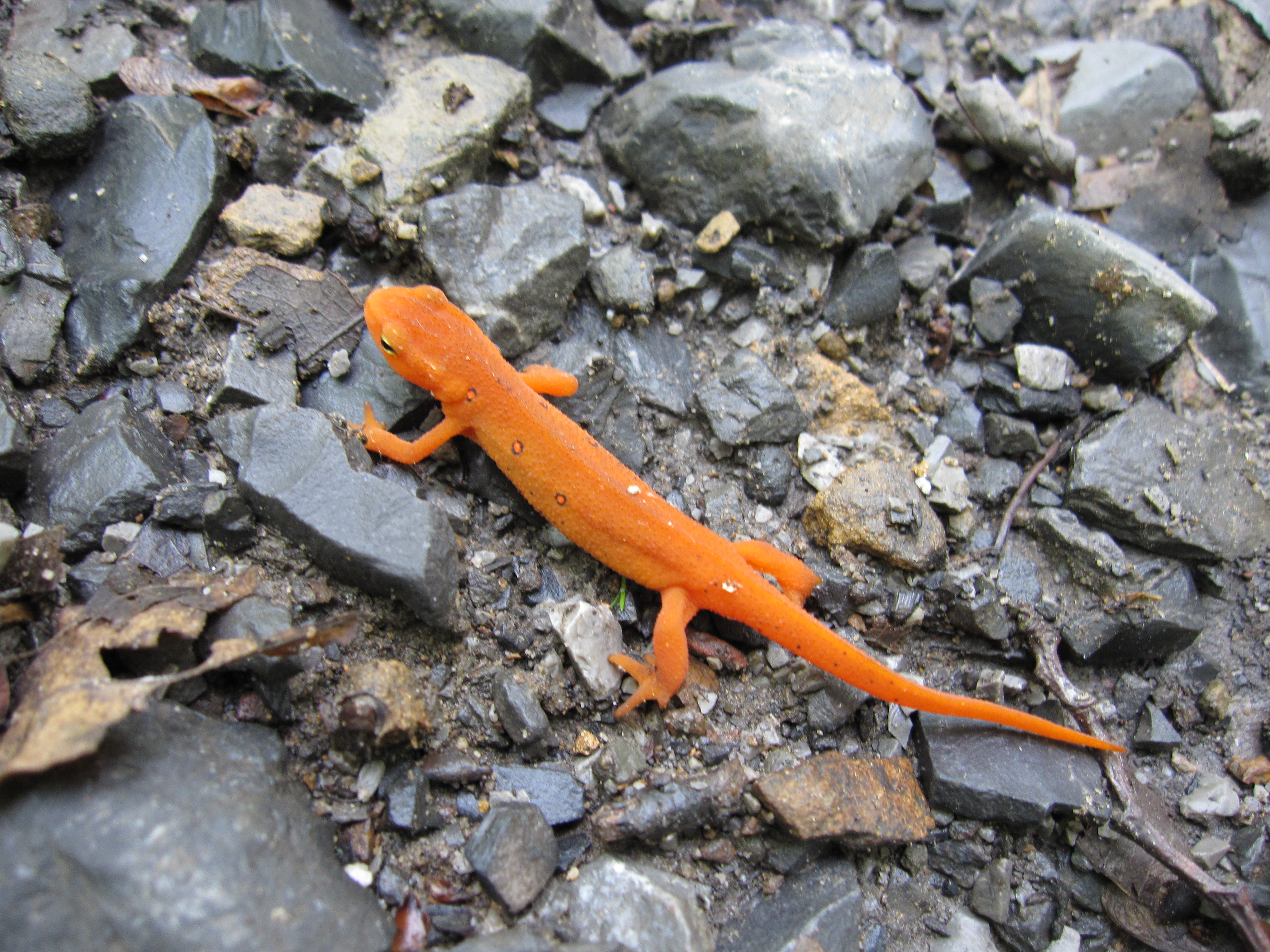
Newts, a group of salamanders, are renowned for their regenerative abilities, capable of regenerating limbs, spinal cords, heart tissue, and even parts of their eyes. This regenerative capacity is attributed to the presence of a specialized type of cell called the blastema, which forms at the site of injury and acts as a source of new cells for tissue reconstruction. The regeneration of newts involves a complex interplay of genetic and molecular signals that regulate the proliferation and differentiation of cells within the blastema. Research on newt regeneration has revealed the role of key signaling pathways, such as the FGF and TGF-β pathways, in regulating tissue patterning and growth. These pathways play crucial roles in orchestrating the precise rebuilding of tissues, allowing the newt to regenerate without scarring. The study of newt regeneration has provided valuable insights into the mechanisms of tissue regeneration and repair, offering potential applications in regenerative medicine and tissue engineering.
As we conclude our journey through the remarkable world of regenerative critters, we are left in awe of the diverse strategies and mechanisms that nature has evolved to repair and renew life. The study of these tenacious creatures not only deepens our understanding of the biological processes that underpin regeneration but also inspires new possibilities for medical advancements. By unraveling the secrets of regeneration, we open the door to potential breakthroughs in regenerative medicine, tissue engineering, and healing, with the promise of improving human health and longevity. The future of regeneration research holds exciting prospects, with the potential to harness the regenerative capabilities of these creatures to develop novel therapies for tissue repair and regeneration. As we continue to explore the mysteries of regeneration, we are reminded of the resilience and adaptability of life and the endless possibilities within the natural world. The journey of discovery is far from over, and the marvels of regeneration continue to inspire and captivate our imagination.

